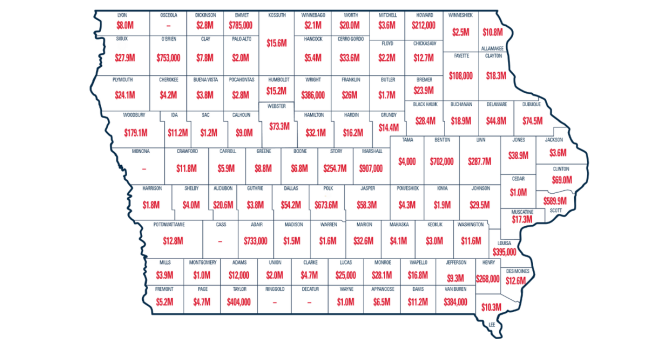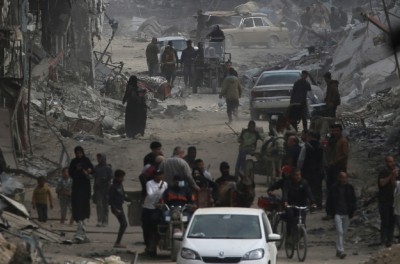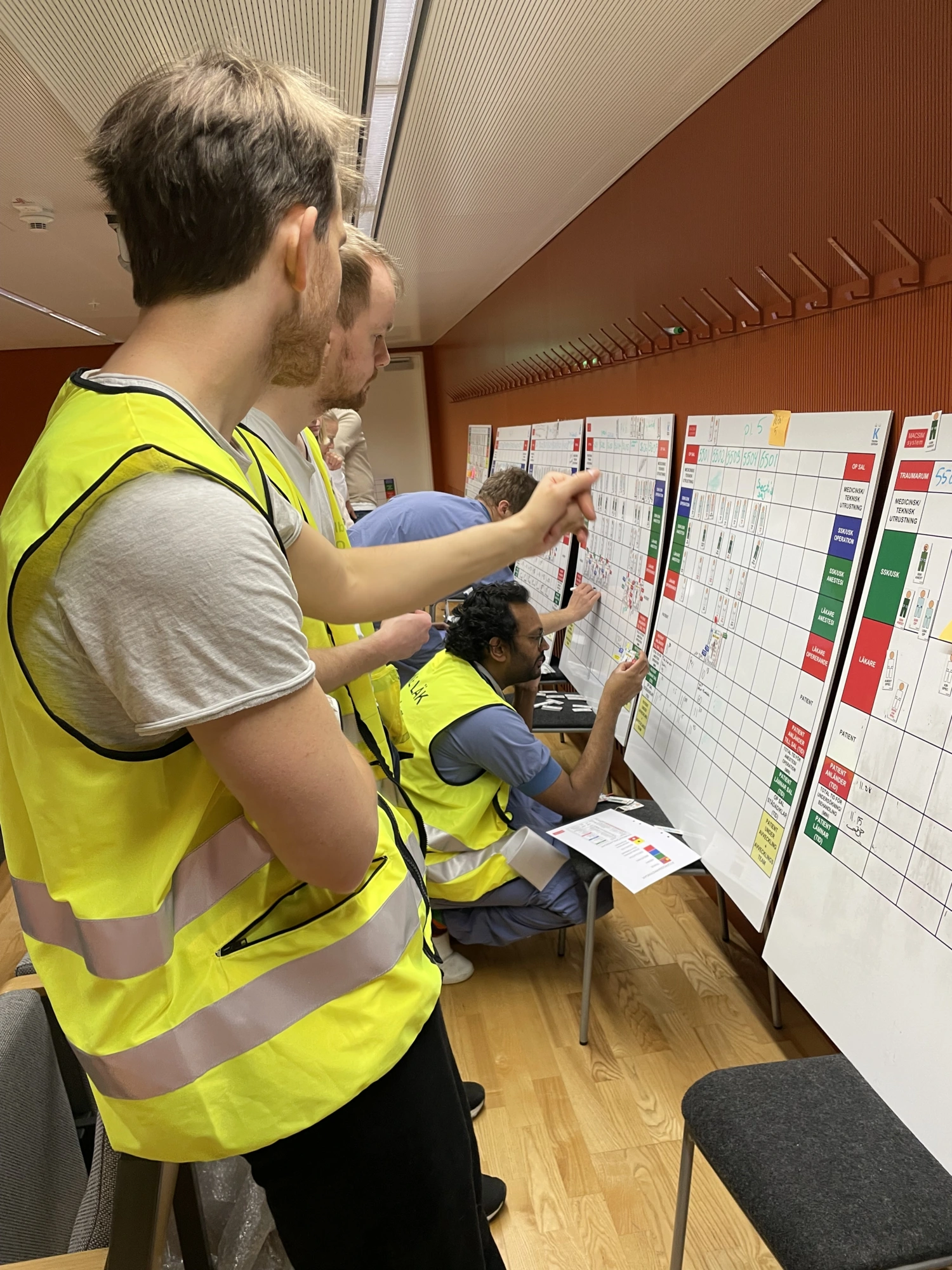During the bushfire season, it’s important to think about the welfare of your livestock.
The NSW Department of Primary Industries (DPI) says that to minimise the risk to your animals you should make arrangements for their safety by being prepared for fires.
According to the DPI, landholders need to identify fire refuge areas for their livestock. The following information from WFI can help you plan what you may do with your stock in the event of a fire.
Low risk areas
A core part of protecting livestock from a bushfire is to create one or more ‘low risk areas’ to which you can move your animals early on days of high fire danger. Such areas may also act as a firebreak and work best when they are:
- located centrally and with easy access and plenty of drinking water
- located away from areas of scrub or bush
- large enough to allow livestock to move far enough away from the fire
- protected by laneways or ploughed firebreaks
- free of leaves, twigs and bark.
In choosing a location you should think about terrain, accessibility, the most likely direction of the fire threat, prevailing winds in the summer months and location of forests and bushland.
Low risk areas must be available at all times during the fire season and at short notice. On days of Extreme, Severe or Code Red fire danger rating, put your livestock in your low risk area or, if you work away from the property, you may do this the night before.
Properties with large numbers of stock may need several low risk areas. Cater for each mob of animals – each may need a specific plan.
Animal Behaviour
Sheep often refuse to move once conditions get very hot, so they should be moved early in the day.
The mobbing instincts of sheep could prevent them moving away from a fire if they are kept in the open, so confined areas would be more suitable.
Cattle are skilful at moving to avoid fire, so they may be kept in low risk paddocks with relative safety.
Horses will gallop through flames or around their edges, and stand on the blackened, previously burnt area and remain there until the fire has passed.
Evacuating livestock
Make arrangements well ahead of time for a place to temporarily relocate your animals.
Options may include showgrounds, sale yards, parks, racetracks, pony club grounds or placing your animals with family and friends. Identify several possible retreat routes from your property in case fires block your escape.
Fences
Be sure that boundary fences are stock proof even without electricity. The power to electric fences often goes out during a bushfire.
Avoid cutting internal fences to allow stock to move with the movements of the fire. Containment in a secure, low risk, area is more suitable and should reduce stock confusion and distress as the fire front passes.
Do not cut fences along roadsides. Loose stock can cause accidents during fire, particularly when visibility is low due to smoke haze. Managing stock after the fire front passes can be difficult.INSURANCE
What to do if stock are injured by fire
The WFI claims team does not require a physical inspection of injured livestock prior to an animal being put down.
We support actions our clients take to ensure that animals that are injured or suffering are handled humanely and any carcasses are appropriately dealt with.
Any insurance loss adjustor we appoint will work with clients to verify any losses claimed. The message that we provide to clients who contact us about livestock injured in a fire is as follows:
- Take action to ensure that animals that are injured or suffering are dealt with humanely, including their immediate destruction if this is deemed necessary
- Where possible, take photographs of the condition of livestock
- Keep a record of the number of livestock and disposal details so that the loss adjuster appointed by WFI can verify this information upon arrival.
Further, WFI does not need ear tags and NLIS buttons in the case of livestock destroyed in the fire or as a result of the humane steps taken as set out above. A stock inventory may however be requested during the course of the claim.
To make a claim, call WFI on 1300 934 934.
Source: NSW Department of Primary Industries and Department of Economic Development, Jobs, Transport and Resources.
This information has been provided as a guide only. WFI (ABN 24 000








